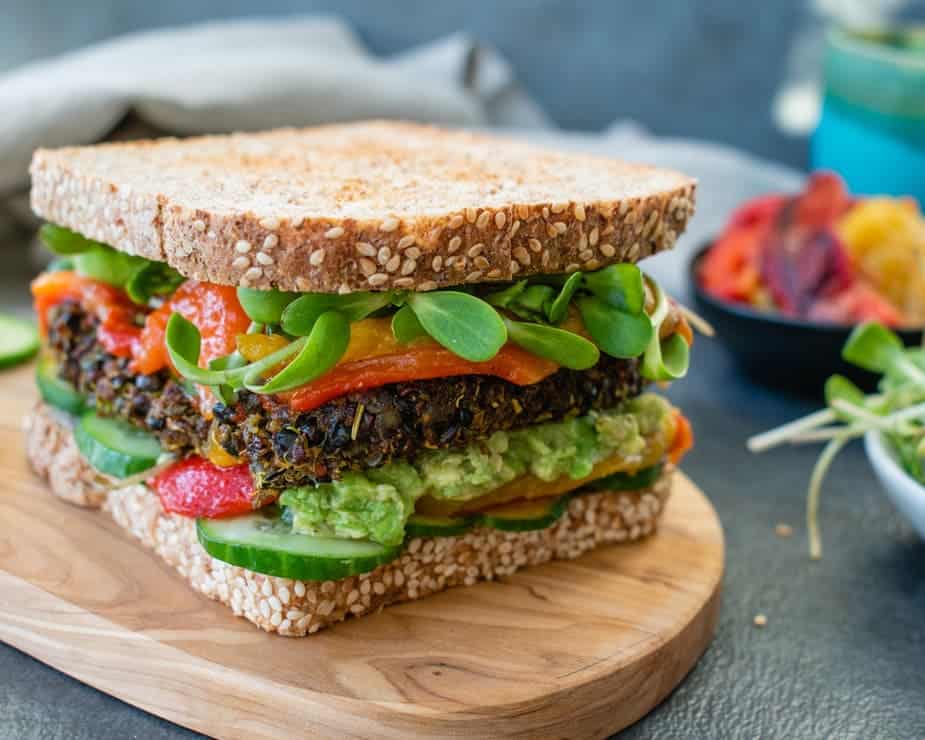For some reason, we tend to feel that cold food isn’t as filling as hot food, and it’s tricking us into overeating.

When you’re tempted to conclude that the human species is rational, you may want to slide over to marketing research and check out a journal called Appetite. The journal looks at sensory and other influences on people’s selections of food and drinks. It doesn’t take long to understand the selections we make don’t exactly scream common sense.
A recent research effort in the journal examines our practice of adding orders “on the side” if our main item on order is a cold sandwich. They found that customers who bought cold sandwiches were twice as likely to order a la carte extras such salty crisps and cookies, as if the sandwich, just for its being cold, could not possibly satisfy them without companion sides.
Imagine customer Raph telling the waiter what he wants. After studying his lunch menu, he pats on cold crabmeat sandwich. He wants to know, “What will it come with?” Raph looks at the sides list on the menu and taps on stuffed olives and plantain chips. Was Raph’s sandwich (580 calories and 26 grams of fat, but who’s counting) was not enough to sustain him for a few hours?
If we look at the research in focus, we know that Raph or customers standing at takeout counters think they need more than just the sandwich to complete a sit-down eating experience, because it’s just a cold sandwich, and that’s not much. They simply feel that the cold sandwich alone will not offer ample satiety.
“We show that the temperature at which foods and beverages are served impacts consumers’ complementary purchases, defined as additional foods and beverages purchased for a consumption episode.” wrote Sara Baskentli, Lauren Block, Maureen Morrin in their journal article, “The serving temperature effect: Food temperature, expected satiety, and complementary food purchases.”
Somebody cared
Anyone hunting for explanations for this behavior might remember all the family memories of steaming food on a table marking religious holidays and celebrations. A psychological add-on is that the hot food is a reminder that somebody in the household cared enough to stand, mix, pour, bake, braise, and simmer so that you could be pleased and nourished. Translation: Hot food equals caring. Cold food? Not so much.
To test the hypothesis, researchers examined customers’ café orders over a two-week period. The researchers saw 123 customers’ orders at a New York City café with sandwiches on their menu. People buying cold sandwiches were twice as likely to buy other food items. As for cold beverage orders? Calorie and money traps were evident, too.
“When a customer purchased a cold beverage, they were three times more likely to also buy food items, such as a croissant or a muffin,” said the news release from Rutgers.
The authors in their paper nailed the good news for restaurant business and the caution for the rest of us.
“Serving temperatures that increase complementary purchasing may enhance the firm’s bottom line, but could add unnecessary calories to the meal, and thus is of interest to both consumers and managers.”
In the bigger picture, this is a research discussion that indicates the important difference between appetite and hunger. Scientists like to point out the difference between the two words. Appetite is not hunger, plain and simple. According to the Aspen Clinic, for example, “appetite” involves a “conditioned response to food” and the word is more closely linked to behavior and emotional connection to food. Appetite “can increase/decrease due to hormones, emotional state, and taste preferences.”









